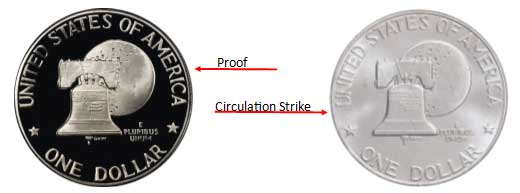Why Does My Coin Have Multiple Dates?
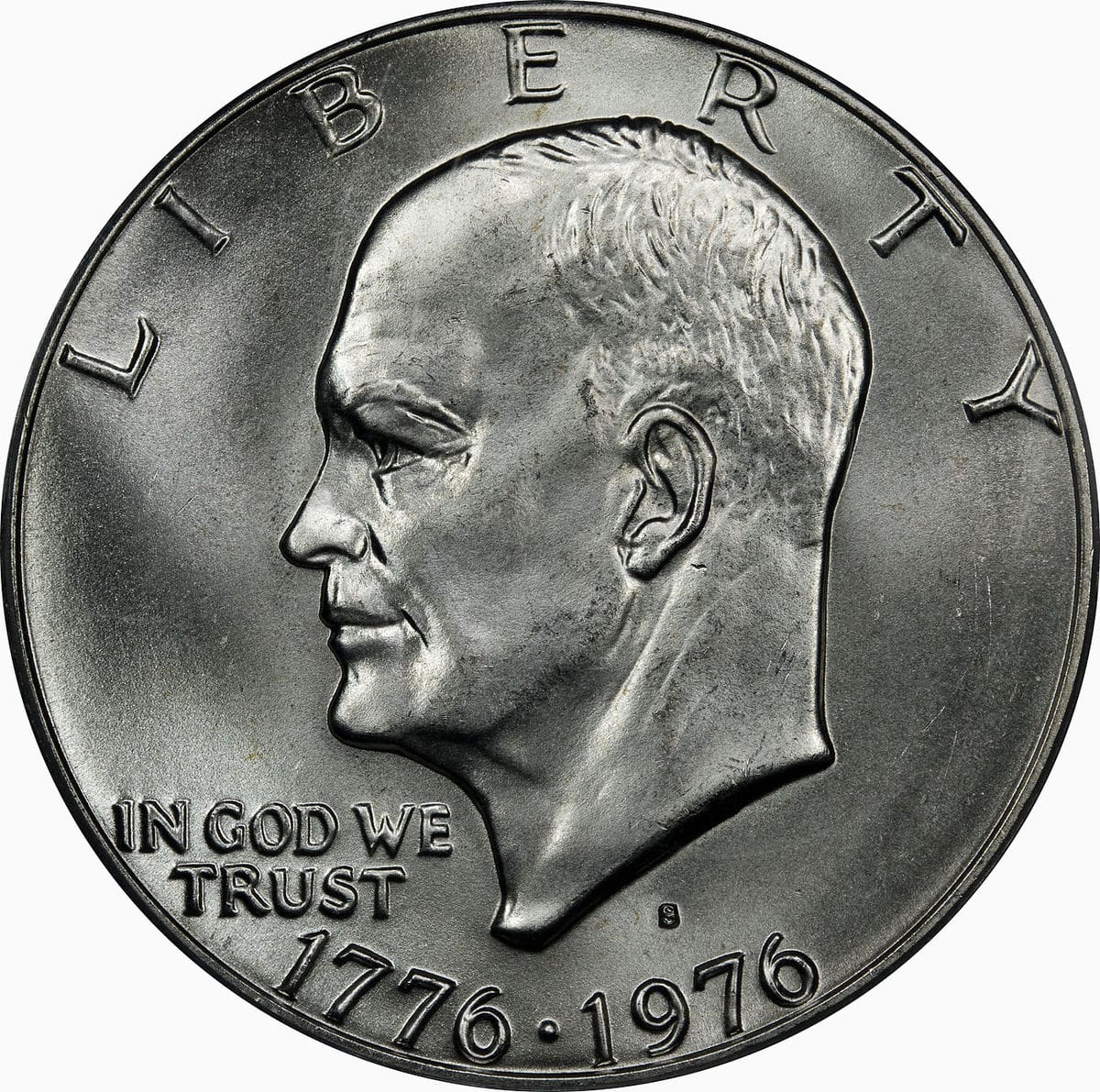
There are many coins that exist that have multiple dates on them. These years can be the year the coin was struck or represent years for a commemorative purpose.
 Some of the first modern circulating U.S. coins to show two dates were the Bicentennial quarter, half dollar, and dollar struck in 1975 and 1976. These were made over the span of both years and there is no major way to tell them apart. Generally speaking, unless they are the 40% silver version sold by the U.S. Mint to collectors in red envelopes (uncirculated) or blue folders (proofs) these coin are not worth a premium.
Some of the first modern circulating U.S. coins to show two dates were the Bicentennial quarter, half dollar, and dollar struck in 1975 and 1976. These were made over the span of both years and there is no major way to tell them apart. Generally speaking, unless they are the 40% silver version sold by the U.S. Mint to collectors in red envelopes (uncirculated) or blue folders (proofs) these coin are not worth a premium.
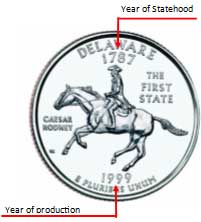 The trend of circulating commemoratives continued with the introduction of the Statehood Quarter series which ran from 1999-2009. These coins have the date that each colony or territory became a state and the date they were minted.
The trend of circulating commemoratives continued with the introduction of the Statehood Quarter series which ran from 1999-2009. These coins have the date that each colony or territory became a state and the date they were minted.
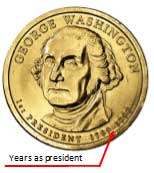
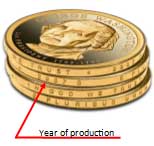 The Presidential Dollar series was introduced in 2007. This series commemorates the years that previous presidents were in office. A major deviation from previous U.S. coinage is that the year the coin was struck is located on the edge.
The Presidential Dollar series was introduced in 2007. This series commemorates the years that previous presidents were in office. A major deviation from previous U.S. coinage is that the year the coin was struck is located on the edge.
When dealing with a coin that displays multiple years, it is a safe assumption that you are dealing with a commemorative, and that the latest date shown is most likely to be the year the item was minted. The coins shown in this article are, generally speaking, only worth their face value, unless they are the silver versions, in the case of Bicentennial coinage and Statehood Quarters (no copper will be visible on the edge of the coin) or proof strikes.
If you have questions about whether your coin is a proof or not, please see our article on the differences between Proof Strikes and Circulation Strikes. For a quick visual reference please see the photos below.
